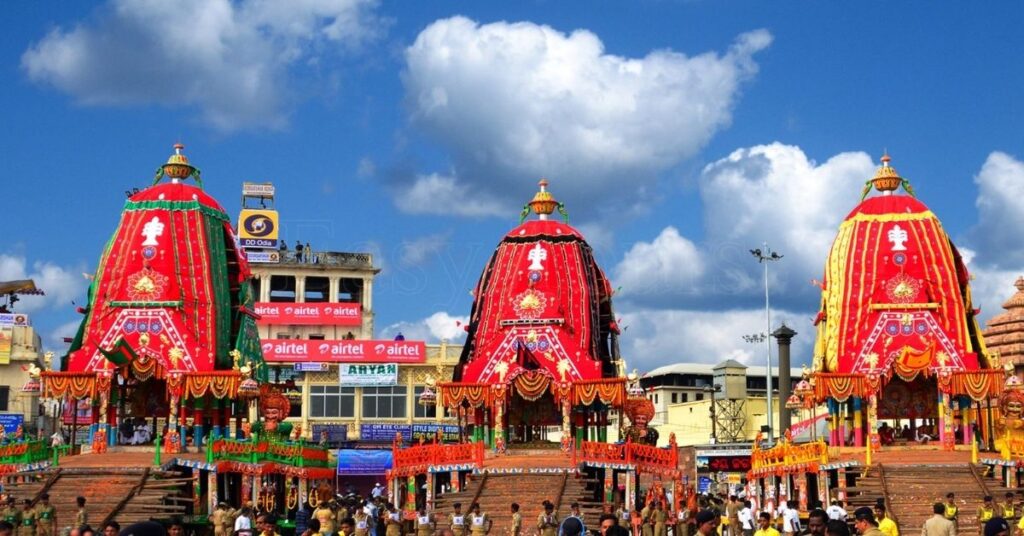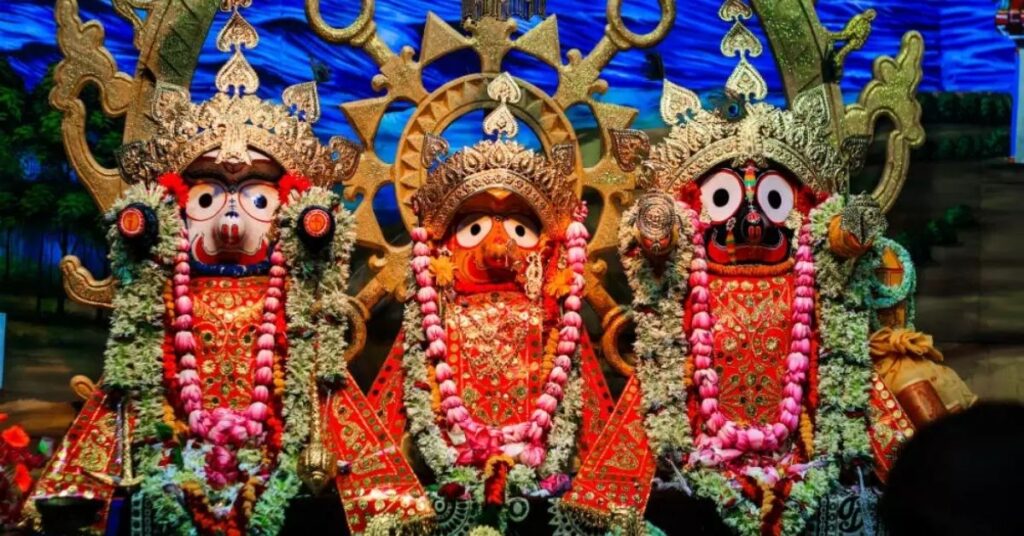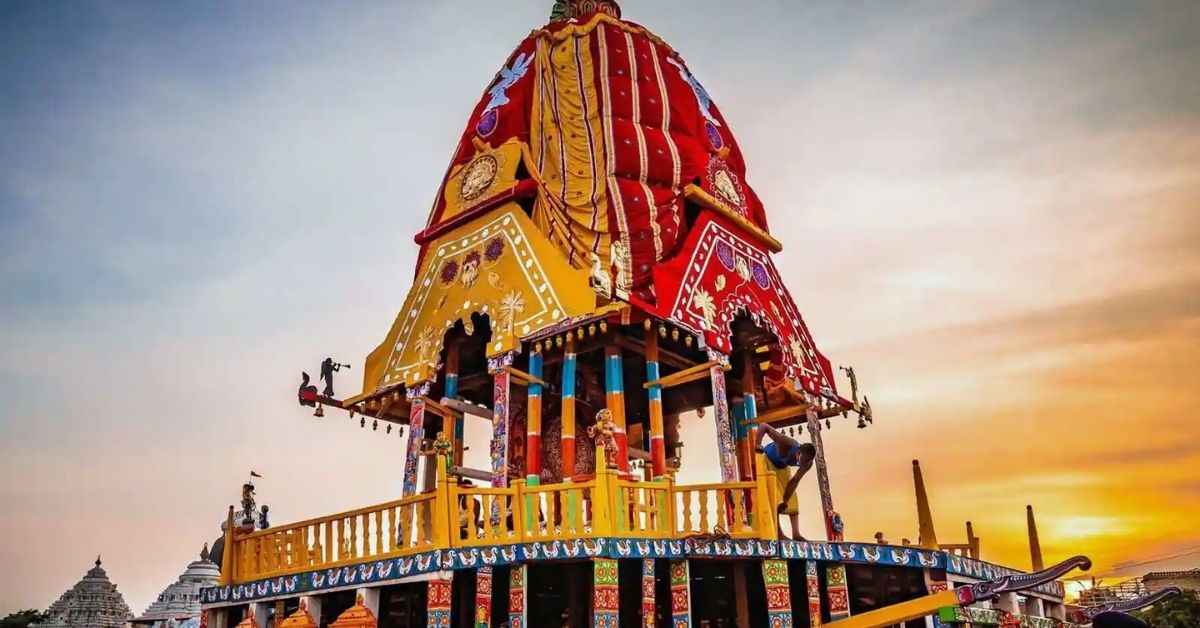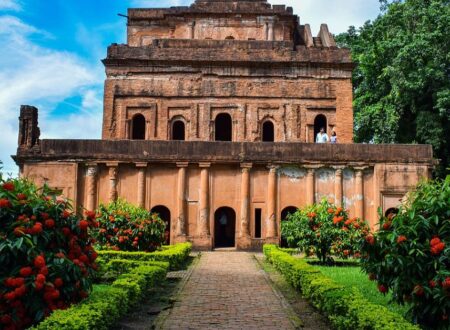Among the many things that India is famous for, one is the way we celebrate our festivals. The grand approach is simply what makes the celebrations remarkable. India does not fall short when it comes to such spiritual processions. From Holi to Diwali, all the Indian festivals hold a significant cultural value with distinctive rituals. One of the most important festivals with a unique celebratory approach is the Jagannath Rath Yatra aka the Chariot Festival of India. Let’s learn more about this five-thousand-year-old tradition of Orissa in detail.

The Mythological Significance
This Hindu festival marks the onset of the journey of the holy trinity – Lord Jagannath, Lord Balaram and Goddess Subhadra – from their home, the Puri Jagannath Temple to their aunt’s home, the Gundicha Mata Temple. This annual festival celebrates Ashadha Shukla Paksha Dwitiya or the second day in the bright fortnight of the Ashadha month. Before the commencement of the journey, the Gajapati or the King of Puri has to sweep the path with a golden broom setting aside his pride and serving the almighty.
Helping pull or touch the divine chariots is auspicious, which is why hundreds of thousands of devotees come for the Rath Yatra from all around the world.
The Three Sacred Chariots

The chariots used during the Rath Yatra are newly built every year. The work of building these chariots begins on the auspicious Akshaya Tritiya Day and employs over 1400 carpenters. They have bright and attractive colours with intricate detailing.
Lord Jagannath’s chariot is the Chakradhwaja or Nandhighosa. It is over 45 feet tall, has 16 wheels, with Garuda on its crest. Four white wooden horses draw this chariot. This Rath adorns itself in hues of red and yellow.
Lord Balaram’s chariot- the Taladhwaja uses a combination of red and green colours. This chariot is 45 feet tall with 14 wheels and carries Hanuman on its crest with four black wooden horses.
Goddess Subhadra resides in Padmadhwaja, the red and black chariot which is also known as Darpadalan. It is 44 feet tall, with a lotus on its crest and 12 wheels and is drawn by four red wooden horses.
The Second Rath Yatra
If you know the legends, you must be aware that Lord Krishna’s half-cremated body. This is believed to have been immersed in the ocean in Dwarka, Gujarat. Which then re-emerged in Puri, Orissa. And on the completely opposite part of the country- leading to the formation of the Jagannath Temple.

Nearly five centuries ago, Shree Sarangdasji, a travelling Hindu saint and priest of a Hanuman temple in Gujarat. He visited Puri to offer his prayers and seek blessings from Lord Jagannath. One night while he was in the temple guesthouse, he dreamt of Lord Jagannath instructing him to go back to Gujarat and build a temple with the idols of himself along with Balarama and Subhadra. The visionary carried the instructions and founded the Ahmedabad Jagannathan Temple. A few years later, one of his disciples began the Ahmedabad Rath Yatra. Replicating the journey in Puri, which completes a set of rituals that sanctify the two places. People believe that this is where Krishna’s mortal remains come to rest.

The Takeaway
The Puri Rath Yatra is one of the oldest religious celebrations in India. Every year thousands of devotees come to seek the blessings of the three deity siblings. The procession commences in the month of July and lasts for nine days. The dates differ each year, so we recommend checking their official website before making any bookings. The Rath Yatra commences on the 1st of July this year (2022).
Also follow India Chalk on Instagram for more amazing travel content. You can share your travel story with us. Reach out to us on email at contact[at]ndiachalk[dot]com. This blog is curated by India Chalk and written by Sushmita Guria.







1 Comment